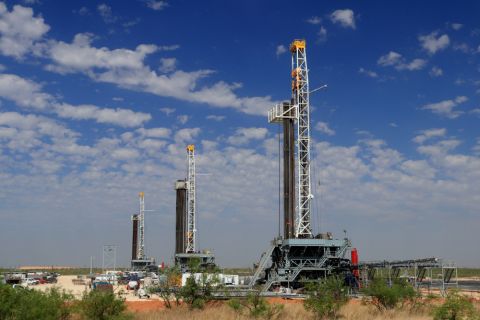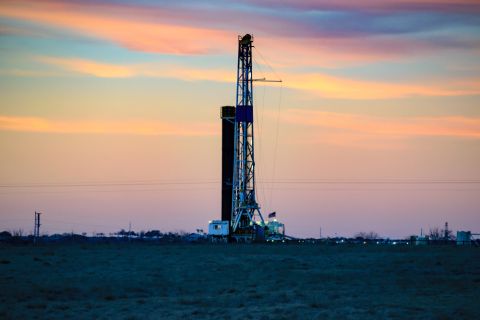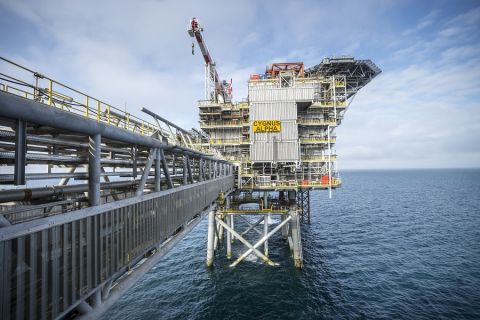The most extreme period of volatility in U.S. natural gas futures in nearly 10 years is set to a close as the winter weather turns warmer, but not before the wild price swings caused one trading firm to collapse.
While some firms took losses, the volatility likely helped others make money—something that may be harder to do now that prices are trading in a narrower range, analysts said.
“There certainly were more winners and losers in November and December than in recent years when the market was fairly quiet,” said Daniel Myers, market analyst at Gelber & Associates in Houston, noting there is more interest in a market that provides the opportunity to take advantage of big price swings.
The combination of colder forecasts, concerns about low levels of gas in storage and the falloff of hedge fund bets on gas kicked off the longest streak of extreme volatility since 2009.
Gas futures posted their biggest one-day%age gain in eight years on Nov. 14, only to follow with their largest one-day loss in 15 years the next day. Those types of swings repeated for several weeks into late January.
Since November, the difference between the highest trading level and the lowest for front-month gas futures on the New York Mercantile Exchange averaged 8.2% of the previous closing price, the highest for an extended period since 2009, when the average reached 8.7%.
That compares with extremely low intraday price movements from early February to early November when the spread averaged just 2.4%, the lowest since early 1992.
Those massive price swings caused commodities trading advisor OptionSellers of Tampa, Fla., to suffer huge losses and collapse. In addition, hedge funds in general were forced to shift positions as many were caught betting on a sleepy, lackluster pricing environment.
Investors are once again betting on low volatility, but with winter more than half over, that bet is a safer one, as demand for heating will decline.
“I think volatility will decline in coming weeks as the weather gets warmer,” said Steve Crossin, chief executive of Long & Crossin Investments LLC, a private investment firm in Denver, noting the sharp increase in volatility since November was “caused by the market’s assessment of winter weather and its effect on heating demand.”
Over the past four trading sessions, gas prices slipped to their lowest level in nine months even as demand for the fuel spiked to a record high during a polar vortex that froze the U.S. Midwest and Northeast and caused several utilities to call on customers to use less fuel.
Traders said prices declined because the market has moved past the brief, brutal freeze as it focused on warmer weather expected to last through late February.
Over the past four sessions, including Feb. 4, the high-low spread averaged just 3.4%.
“Volatility is going to be substantially reduced as we exit the winter but I don’t think we will see the incredibly depressed volatility we saw for much of 2018,” said Kyle Cooper, consultant at ION Energy in Houston.
Recommended Reading
Excelerate Energy, Qatar Sign 15-year LNG Agreement
2024-01-29 - Excelerate agreed to purchase up to 1 million tonnes per anumm of LNG in Bangladesh from QatarEnergy.
UK’s Union Jack Oil to Expand into the Permian
2024-01-29 - In addition to its three mineral royalty acquisitions in the Permian, Union Jack Oil is also looking to expand into Oklahoma via joint ventures with Reach Oil & Gas Inc.
Permian Resources Continues Buying Spree in New Mexico
2024-01-30 - Permian Resources acquired two properties in New Mexico for approximately $175 million.
Eni, Vår Energi Wrap Up Acquisition of Neptune Energy Assets
2024-01-31 - Neptune retains its German operations, Vår takes over the Norwegian portfolio and Eni scoops up the rest of the assets under the $4.9 billion deal.
NOG Closes Utica Shale, Delaware Basin Acquisitions
2024-02-05 - Northern Oil and Gas’ Utica deal marks the entry of the non-op E&P in the shale play while it’s Delaware Basin acquisition extends its footprint in the Permian.





